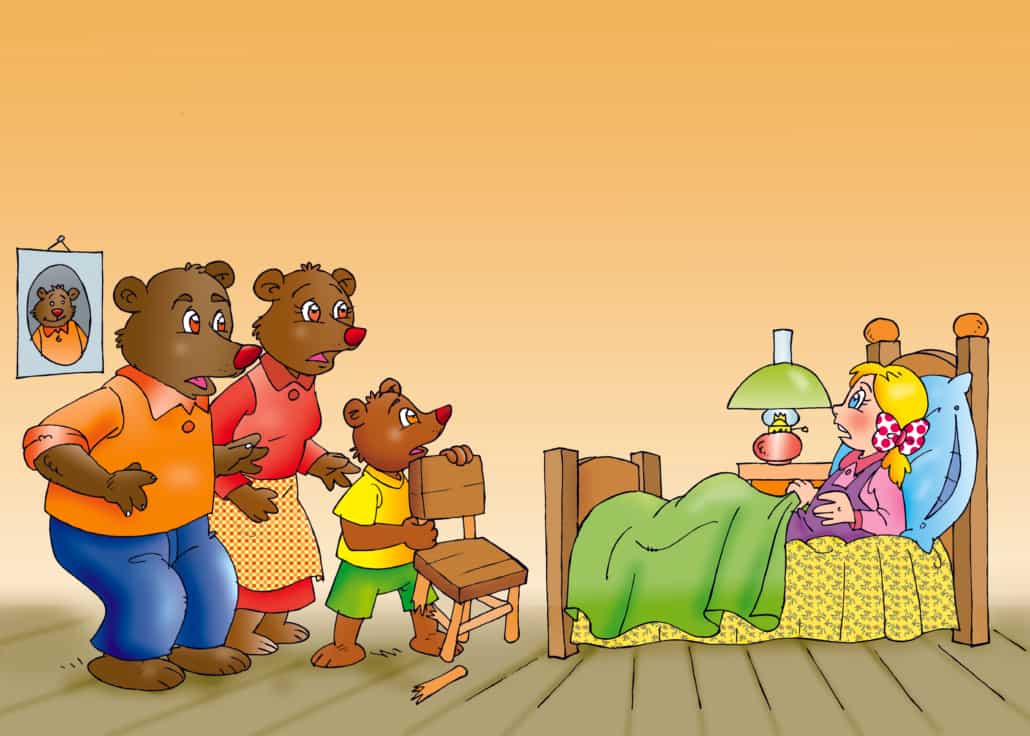Let’s get started, shall we?
I often begin these posts with a preamble, and later on segue into “getting started” with the real meat of the blog.
This week, I thought I’d tee it up differently, because the subject is actually “getting started”.
Although it has likely always been so, it seems that lately the ability to overcome inertia and to get moving has become more salient lately.
Families Are Groups of Individual People
The subhead just above is clearly one of the most obvious statements I’ve ever written, and there’s a reason why I chose to state it here nonetheless.
Too often, whether we’re part of a family or have a family that is our client, we sometimes think of that family as a self-contained unit, or somehow monolithic.
In reality, when you’re trying to make progress as a family or with a family, you quickly realize that not everyone moves at the same speed.
We think and talk about getting people “on the same page” and “going in the same direction”, recognizing that these are worthwhile objectives, and they are.
But even if the people are moving in the same general direction, some want to sprint while others may be stuck in the mud and enjoy it there.
So, Who’s Ready to Get Started?
The most important question sometimes becomes “who’s ready”, when attempting to get any family to make important progress together as a group.
For a “family system” to change, one way to accomplish this is for one person to change, thereby “forcing” the others to change along with them to attain a new equilibrium.
This generally requires some leadership on the part of that one person who’s willing to stand up and act in a new way, but if they do make such a stand, and are able to maintain it, change will come.
But Didn’t You Just Say….
Let me share a little crisis of confidence I had recently, after deciding that this idea was something I’d blog about.
My social media folks control my content posting and while all the content is mine, I usually have no idea when things are set to show up on my Twitter and LinkedIn feeds.
Now, imagine my thoughts as I prepared to write about “being ready to move” and then this quote shows up on my feeds:
“Don’t just do something, stand there.
If your family is struggling with where
to go next, allow yourselves the time
and space to gain clarity before acting”
My first reaction was “Ooops.”
But upon further reflection, I realized that this would not be a case of saying “Hurry up… Take your time…”, even though it somehow felt that way.
Where Is Your Family Going?
If the family in question “is struggling with where to go next”, taking the time to figure it out, without rushing, and making sure there’s a clear path that people understand and agree on makes plenty of sense.
The thing is, many families are already pretty clear about where they’re going AND what they need to do to begin the journey, BUT they don’t necessarily feel ready to start.
And that’s where finding someone who IS ready can make a lot of sense.
A journey of a thousand miles begins with a single step, as they say, and a family journey often begins with one person saying “I’m ready”.
The Slowest Common Denominator Issue
Any family journey or family project of the type I’m speaking about here needs to be something that is “for the family”, meaning the vast majority of the people are involved, and hopefully everyone.
And, unfortunately, if you want to be nice and wait for even the slowest person to get on board, the journey is at risk of never taking place.
You don’t want to have to settle for the “slowest common denominator”.
Start Where You Are
I’ve long been a fan of the saying:
Start where you are
Use what you’ve got
Do what you can
And I think I have a useful addition to it, for times when you are working with a group of people: Start with whomever is ready.
When working with a family system, keep in mind that a change in one person will eventually effect change in the entire system.
Making improvements needs to begin somewhere, with someone. Finding the one who’s readiest to start can often be the key.













